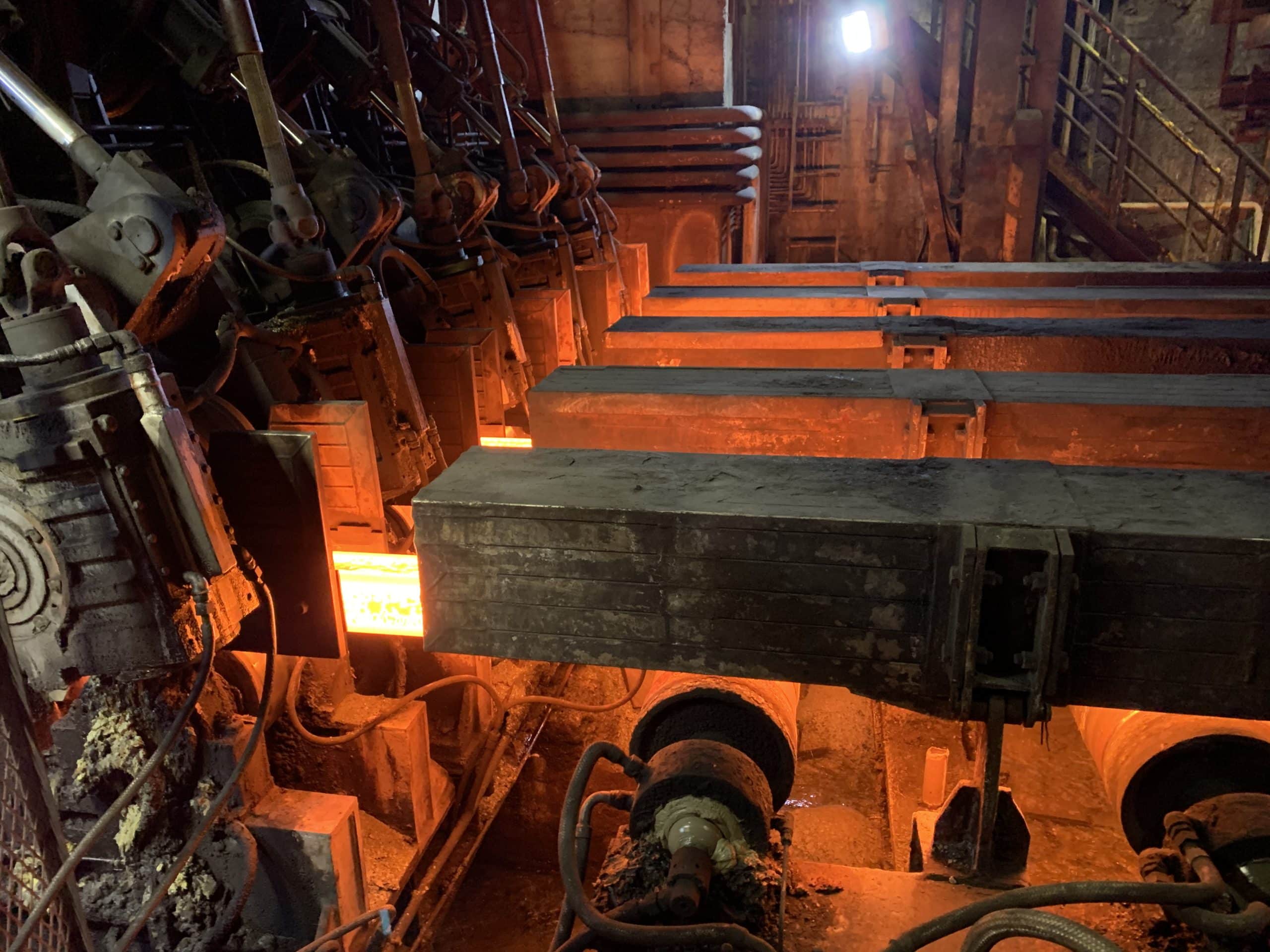Last edit: 27/06/2023

Today’s standard dates back to December 2008. Time to renew it? Yes! In March 2022 a new edition of the standard was published by CEN and it is non available at local stores of European Standards Bodies like BSI in UK, AFNOR in France or UNI in Italy.
The team that developed the new standard is the CEN/TC 322 Working Group 1, where GT Engineering is a member. The group worked for ten years on the new text, with few years interruption, though, due to various reasons.
One of the most discussed topics was the access to the cooling chambers while the tundish is full of steel. Finally, a compromise was reached in case of billet casting. That is described in the new paragraph 5.2.11.4. Hereafter an abstract:
5.2.11.4 Access to the cooling chamber
[…]
NOTE 1 if one strand of a multiple strand CCM is out of process and others are producing, it is even not allowed to enter this single strand if liquid steel is above in tundish or ladle. Exception for troubleshooting in case of billet CCM as detailed hereafter.In case of trouble shooting only during casting at a billet CCM, the following shall be applied:
– Each strand shall be separated by a wall and protection plates at the mould inlet shall be positioned;
– The accessible part of the chamber (top part) is on one floor only and of limited side (< 5 m2);
– Operating mode of the involved strand shall be deactivated before access to the cooling chamber and be reset by authorized persons only;
– A separate Safety Access to each cooling chamber shall be installed and be released by main operator;
– A system that prevents the opening of the tundish hole is installed
– Special instruction shall be given in the information for use
The safety of a continuous casting machine is one of the most complex analysis within the Machinery world. The fact it is a process where steel, water, gas, oil need to be properly handled makes the analysis a nice challenge. Due to the design variety of CCM’s, an individual risk assessment shall be carried out in any case, considering the special features of the CCM in question.
A proper risk analysis should consider the following parts:
- Unexpected movements due to stored energy during maintenance;
- Material entering from adjacent areas during access to and stay in the danger zone;
- Contact with rotating rolls and/or transmission elements, e.g. gears, couplings, spindles, drive shafts;
- Emergency operations to be done during production without stopping the CCM;
- Hight temperatures at the casting platform;
- Overflow of liquid steel;
- Provide safe accesses to the danger zones in order to avoid contact with moving parts and hot material;
- Possible hazards due to energy loss (hydraulic, pneumatic, electric) and/or failure of controls.
Chapter 5 provides the Safety requirements and/or protective/risk-reduction measures.
Table 2, in paragraph 5.2.9.2 shows characteristic tasks and conditions for exemplary operating modes and repair.

A new 5.2.17 paragraph was added; it helps to determine the required Performance Level required in specific safety loops. Even if Standard says that “the relevant required Performance Levels (PLr) or Safety Integrity Levels (SILr) for control devices covering safety functions shall be selected according to the individual risk assessment”, in paragraph 5.2.17 Standard gives indications in order to choose correctly the risk parameters (according to ISO 13849) and so the obtain the right required Performance Level. Table 1 in paragraph 5.2.17 represents the basis for the determination of the required performance levels. The Individual risk assessment shall follow the criteria summarized in Table 1, which shows hazards and corresponding risk parameters for the determination of PLr.
